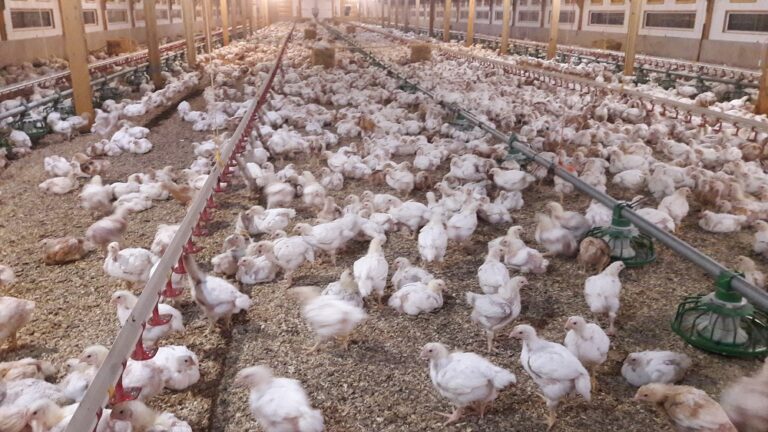Lysine, an important amino acid in pig and poultry diets, is in short supply and there are mounting concerns that substituting this valuable protein, in favour of less expensive more abundant feed ingredients, could compromise productivity and performance going forward.
Prices for dry dietary lysine (L-Lysine) are escalating, with little indication this situation will change until at least Spring 2022. Cereal and raw material prices have also risen during the past few months and as a result nutritionists are under immense pressure to reformulate rations to try and keep feed costs as low as possible without jeopardising diet quality.
“Feed manufacturers are looking to replace lysine in certain diets with less expensive protein sources,” said Agustina Rodriguez, technical nutritionist at Elanco Animal Health. “Soya and rapeseed meal offer some economic advantages, but it can also present challenges in terms of digestibility and anti-nutritive responses – factors that can lead to health problems, reduced performance and higher nitrogen excretion in faeces.”
Most plant-based raw materials contain β-mannans, undigestible fibres that monogastric livestock cannot break down. The molecular structure of these β-mannans is also similar to that of certain pathogens, which the immune system often mistakenly recognises as a potential infectious challenge. This innate immune reaction is known as Feed-Induced Immune Response (FIIR).
“The protein sources typically used in pig and poultry diets – soyabean, rapeseed and sunflower meals – often contain high levels of β-mannans. Increasing the amounts of these ingredients to balance diets and meet crude protein requirements frequently heightens the risk of digestive upsets, intestinal inflammation, and susceptibility to enteric infections,” said Rodriguez.
“Very little β-mannan concentration is needed (0.20%) to trigger FIIR and young pigs and chickens are particularly vulnerable to its ill-effects, which can negatively impact lifetime productivity.”
However, including enzymes, such as Hemicell HT in pig and poultry diets can prevent a typical FIIR and these adverse outcomes.
“This nutrient-sparing enzyme hydrolyses the β-mannans, by breaking them down into small oligosaccharide fragments that are not recognised as a threat by the animal’s immune system,” she said.
“The enzyme works immediately on ingestion and its activity averts potential FIIR and so subsequently reduces the energy and nutrient waste and performance losses associated with feeding high levels of intact, plant-derived proteins.
With lysine still in short supply and no sign that raw material prices will ease any time soon, nutritionists and farmers should consider how enzyme technology might help them deliver quality nutrition from less expensive feed ingredients.


